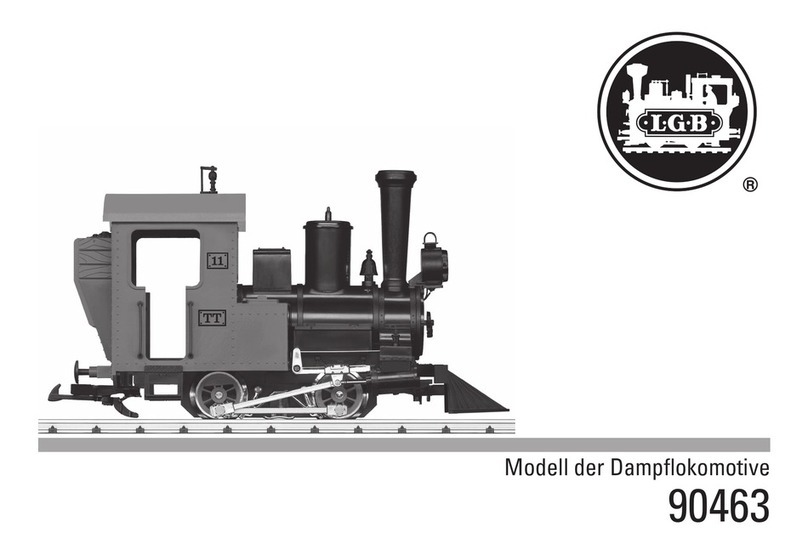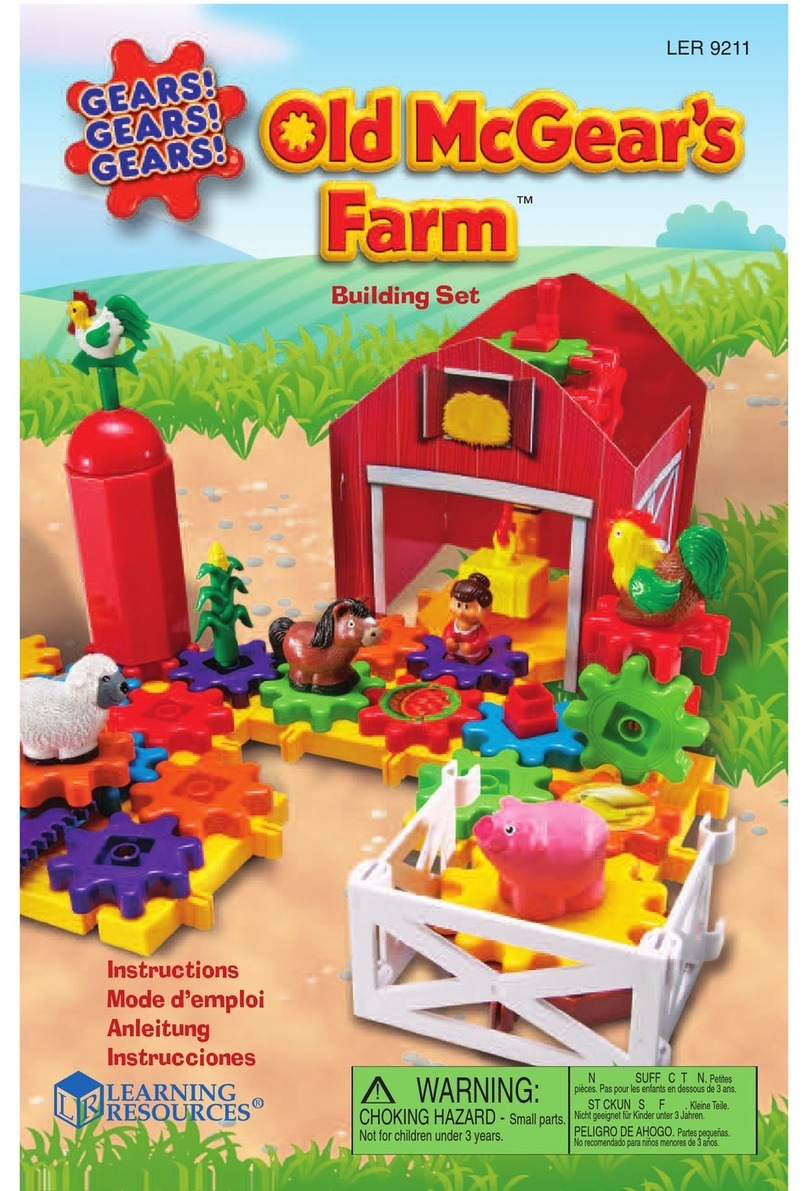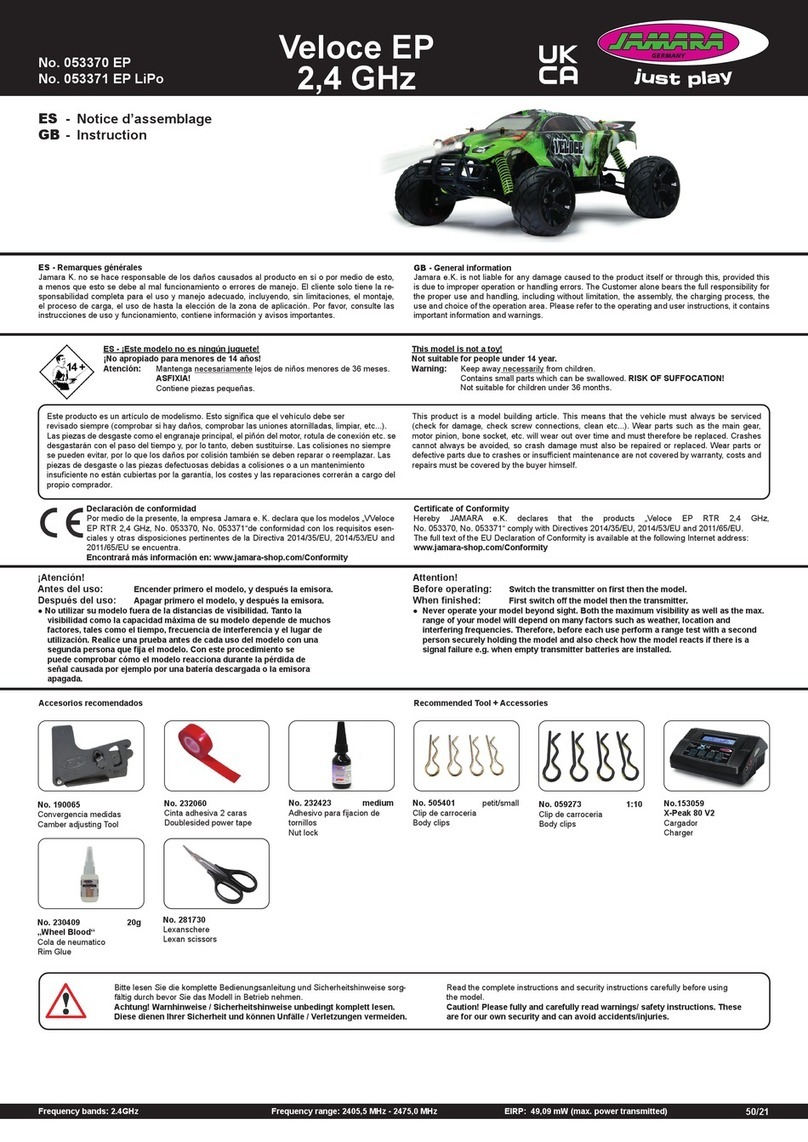CMR Brezza User manual

-
CMR
-Viale Ugo Foscolo, 59 - 57121 Livorno - ITALY
tel. +39 (0)586 405346 fax. +39 (0)586 404147 e-mail: info@colombini.biz www.colombini.biz
Item. 2900
Brezza
Instructions with step by step photos

Brezza
BrezzaBrezza
Brezza
Assembly Instructions
___________________________________________________________________________________
Picture 1
Turn the hull of the ship upside down and drill a 4 mm hole in the fixing point of the fin keel and a 10 mm hole in the
fixing point of the rudder socket.
Picture 2
From the outside of the hull, insert the rudder socket (6) and glue with special glue for plastic model constructionss.
From the inside of the hull, insert and glue as well the counter socket (5) onto the rudder socket (6).
Picture 3
Turn the ship deck upside down and create the opening for the battery/receiver compartment removing the indicated
part.
(In order to be more accurate, we suggest to drill first 2 mm holes in the four corners and then to use a small cutter.)
Picture 4
Equivalent to the previous picture (but this time working from the top), create the opening for the servo compartment,
leaving a border of about 5-6 mm along the perimeter.
Picture 5
Drill holes into the deck in the marked positions with the diameters indicated in the picture.
Picture 6
Turn the deck and using a cutter, remove the lower exceeding part of the deck (the cutting line is indicated in the
picture as a dotted line).
Picture 7
Working from the top, remove the upper exceeding rims of the plastic parts (A), (B) and (C) with a cutter, leaving a
surrounding border of about 2 – 2,5 mm on (C).
On part (A) make the openings for the servos (dotted part) and glue the two supporting fillets exactly where the
screws for the servos are going to be placed later.
Remove the exceeding parts from element (D) leaving a surrounding border of about 4 – 5 mm.
Picture 8
Equivalent to the previous picture, cut out from below parts (E) and (F). Cut out the plastic rectangle (G), in order to
make the cover for the opening of the servo compartment. Slightly round off the edges.
In a later step make four small holes for fixing with the self-tapping screws.
Picture 9
With special glue for plastic model constructions stick on parts (A), (F) and (E) (on the inner part of the hull),
respecting the indicated measures in the picture.
After the glue has dried out, the reinforcement of the fin keel (E) has to be perforated for the passage of the screws
(as a reference use the previously drilled holes in the hull).
Picture 10
In case you decided to paint your boat, before proceeding with the assembly, we recommend to do so now.
First grind the surface with abrasive paper (grain size 400 – 500) and then paint as you desire. In painting hull and
deck separately you can avoid the masking of accessories which should not be painted.
Picture 11
Insert from underneath the deck piece (8) into the previously drilled 5,5 mm hole and from above insert the fairleads
(11) in the indicated spots.
Fix everything with a drop of acrylic glue.
Picture 12
With a 3 mm bit drill holes into the centre of the two smaller sides of element (D) (picture 12a). Pass through these
holes the plastic sheathing and let it stick out by about 100 mm from the anterior part (picture 12b).
Place part (D) on the inside of the deck onto the left side and glue using special glue for plastic model constructions
(picture 12c). Insert the other side of the sheathing into the fairlead (11).
If necessary, shorten the sheathing and adapt its length. Fix with a drop of acrylic glue.

Pictu
re 13
Cover the border of the hull and the inside of the aft with special glue for plastic model constructions. Let a very
small amount of glue drop into the hole of element (F). Place the deck onto the hull and, at the same time, insert the
mast dutchman into its seat on the deck, pushing it until it sits firmly in element (F).
Control its perpendicularity and fix the hull well with some tongs.
Picture 14
Finish the border of the deck all around first with a coarse file and then with a garnet paper block.
Picture 15
Insert the O-ring onto the base of the small aluminium tube, taking care that it is placed well in its seat. Glue with
some drops of acrylic glue.
Picture 16
With a 2 mm bit drill a hole exactly in the middle of the 6 x 140 mm aluminium tube (T) and screw part (U) to this
hole..
Insert the small aluminium tube into the previously made holes, on the inside of the side parts and glue with acrylic
glue.
Position the small tube in such a way that the head of the screw is directed downwards.
Picture 17
Glue the self-sticking gasket along the border of the opening of the servo compartment.
Picture 18
After having cut one of the shorter sides of the cover (B) in order to fit perfectly into the inner part of the deck, glue
the adhesive gasket along its inner border.
Picture 19
Apply the rubber-fender gasket around the perimeter of the hull.
We recommend to start in the middle of the aft and to pull the gasket well around the edges. Fix in these points with
some drops of acrylic glue.
Picture 20
a) Like demonstrated in the picture, make two openings into the aft.
As these holes have the function of draining the water which got into the boat, they should be positioned at
the level of the ship deck.
b) Insert the rudder (T) into its socket under the hull and from above, insert (on the axis of the rudder) the
command lever (12) positioning it according to the longitudinal axis of the boat.
Picture 21
Hold the rudder straight and position the command lever like demonstrated in the picture. Fix with a 2,9 x 9,5 mm
self-tappping screw.
Screw the metal fork on to the steering bowden and connect it with the lever like demonstrated in the picture.
Picture 22
Insert the fin keel into the previously drilled holes and fix with the two wing nuts. Position in sequence as follows:
rubber washer, metal washer, wing nut.
Picture 23
Attach the plastic eyescrew (1) to the end of the boom (8 x 405 mm aluminium tube) and to the other end the
smaller eyescrew (2).
Picture 24
Drill 2 mm holes into the boom, observing the measures as indicated in the picture.
Insert into the two holes the two small stainless steel hooks.
Picture 25
Insert the 7 x 70 mm aluminium tube (3) into the larger opening of one of the 8 x 510 mm tubes by about half its
length and fix with glue.
Insert into the smaller opening of the other tube the top of the mast (4).
Picture 26
Mount the mast inserting part (a) into part (b).
If you wish, you can glue part (a) to part (b), but we recommend not to do so, leaving the possibility to dismount the
boat easily and to fit it into a suitable bag.
Picture 27
Attach the stickers to the sails.

Picture 28
Insert the mast into the seam of the sail; insert the eyescrew of the boom into the lower part of the mast; tie the upper
end of the sail to the masthead (picture 28a), one of the lower ends to the boom, close to the mast (picture 28b), and
the other end to the end of the boom (picture 28c). (Please observe more or less the indicated distance).
Picture 29
Pull a shroud from the end of the boom to the masthead.
This shroud can be adjusted according to the strength of the wind: lighter winds, shorter shroud (the boom is slightly
inclined upwards); strong winds, longer shroud (horizontal boom).
Picture 30
Insert the mast (and the sail) into the aluminium tube previously glued to the hull.
Construct the “vang“ connecting with a piece of shroud piece (8) and the first stainless steel hook on the boom.
Stretch the shroud until the boom risults in an horizontal position.
Picture 31
Cut the lever (14) as indicated in the in the picture at the dotted line (picture 31a), screw the lever on to the part of
the servos using the 2,2 x 6,5 mm self-tapping screws (picture 31b).
Position well the servos (picture 31c) and connect the left servo to the bowden of the rudder and the right servo to
the shroud of the sails. Please observe the following pictures for the correct connection.
(For better demonstration purposes we have “cut” the deck in order to show the lever in full.)
Picture 32
Prepare a shroud (picture 32a) and tie it to the last hook on the boom, guide it through the opening of the small
plastic part of the aft crossbeam and into the aft fairlead.
Tie the end of the thread to the first hole of the command lever of the sail (see previous picture).
Make the final regulations with the radiocommand turned on. Your boat is ready to sail.
Picture 33
Using a round file make an opening of about 10 mm in the battery / receiver container (starting from the higher part),
insert the container in its seat and position the receiver and the battery as indicated in the picture.
Please remind that the antenna of the receiver has to be positioned completely stretched out (we recommend to do
so on the outside, along the mast).
Turn on the radiocommand and adjust the position of the rudder and the sails.
Picture 34
Take the small plastic rectangle (G) (see Picture 8) and round off the edges a bit. If necessary, adjust to the size of
the opening of the servo compartment.
Fix with the four 2,2 x 9,5 mm self-tapping screws.
========================================================================================
The assembly of the
“Brezza”
is now finished. All that is left, is to make the final corrections of the painting,
attaching the stickers – and last not least, the first trial run in water, during which the commands for a flawless
navigation can be optimized.
We wish you lots of fun and great sailing with your
“Brezza”
.
This manual suits for next models
1
Table of contents
Popular Toy manuals by other brands
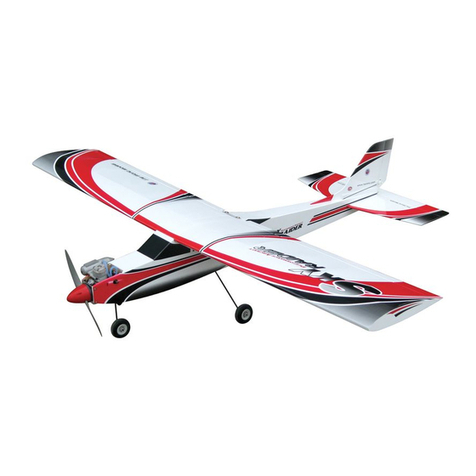
The World Models Manufacturing
The World Models Manufacturing SKY RAIDER MACH-I instruction manual

Lionel
Lionel 6-24112 owner's manual
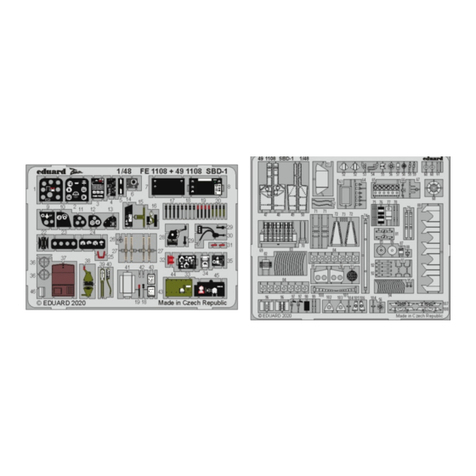
Eduard
Eduard SBD-1 manual
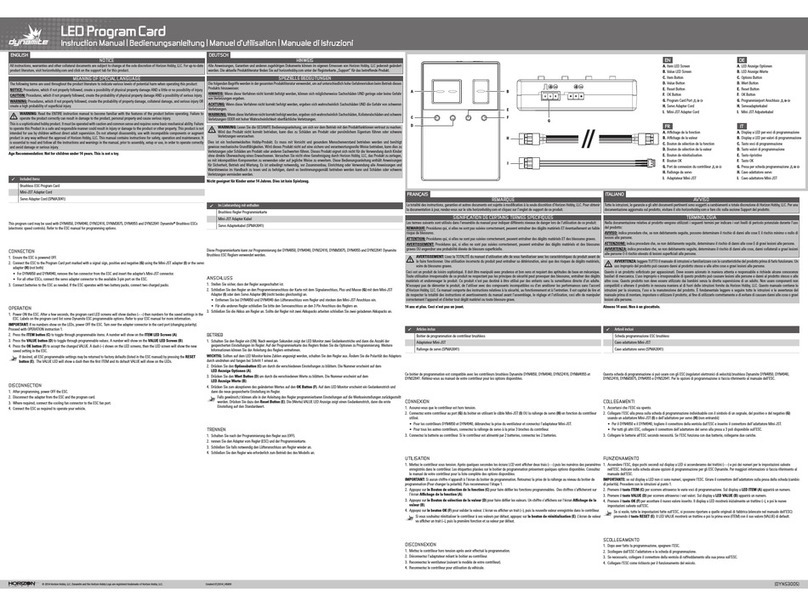
Horizon Hobby
Horizon Hobby DYNS3005 instruction manual

Staufenbiel
Staufenbiel EPSILON COMPETITION V3 instruction manual
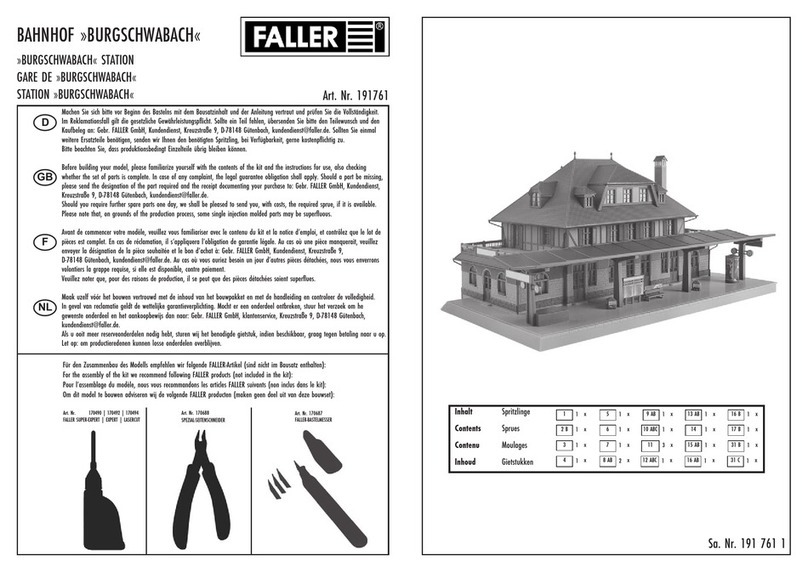
Faller
Faller BURGSCHWABACH STATION manual
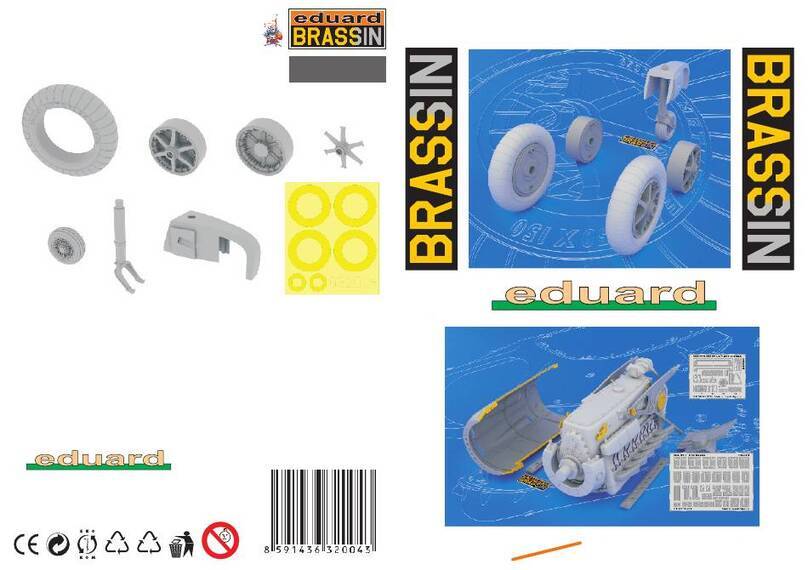
Eduard
Eduard Brassin Bf 109E wheels 1/32 quick start guide
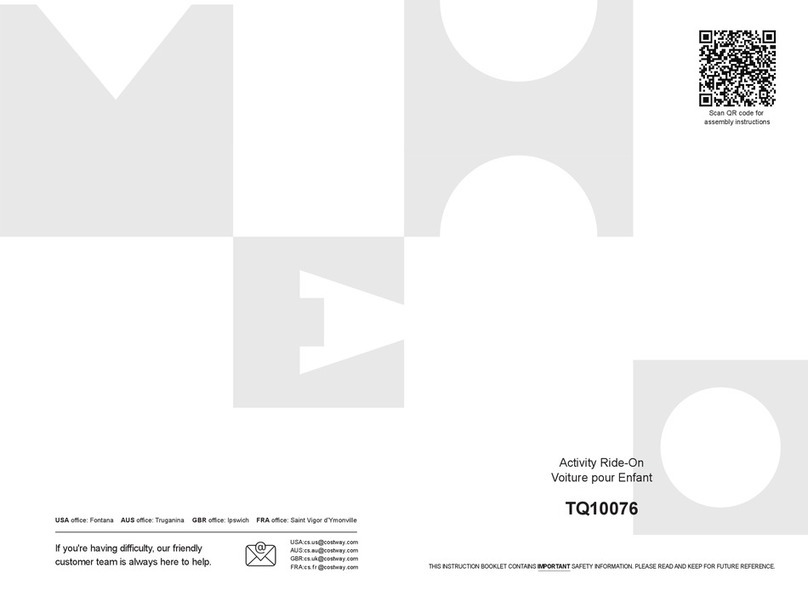
Costway
Costway TQ10076 Instruction booklet

Nikitis Aircraft
Nikitis Aircraft MOJO 40 ARF instruction manual

Mattel
Mattel BATMAN BHC88 instructions

Hasbro
Hasbro Spiderman Webworld Green Goblin Pumpkin Bomb Racer... instruction manual

Home Accents Holiday
Home Accents Holiday TY462-2011 Assembly instructions
